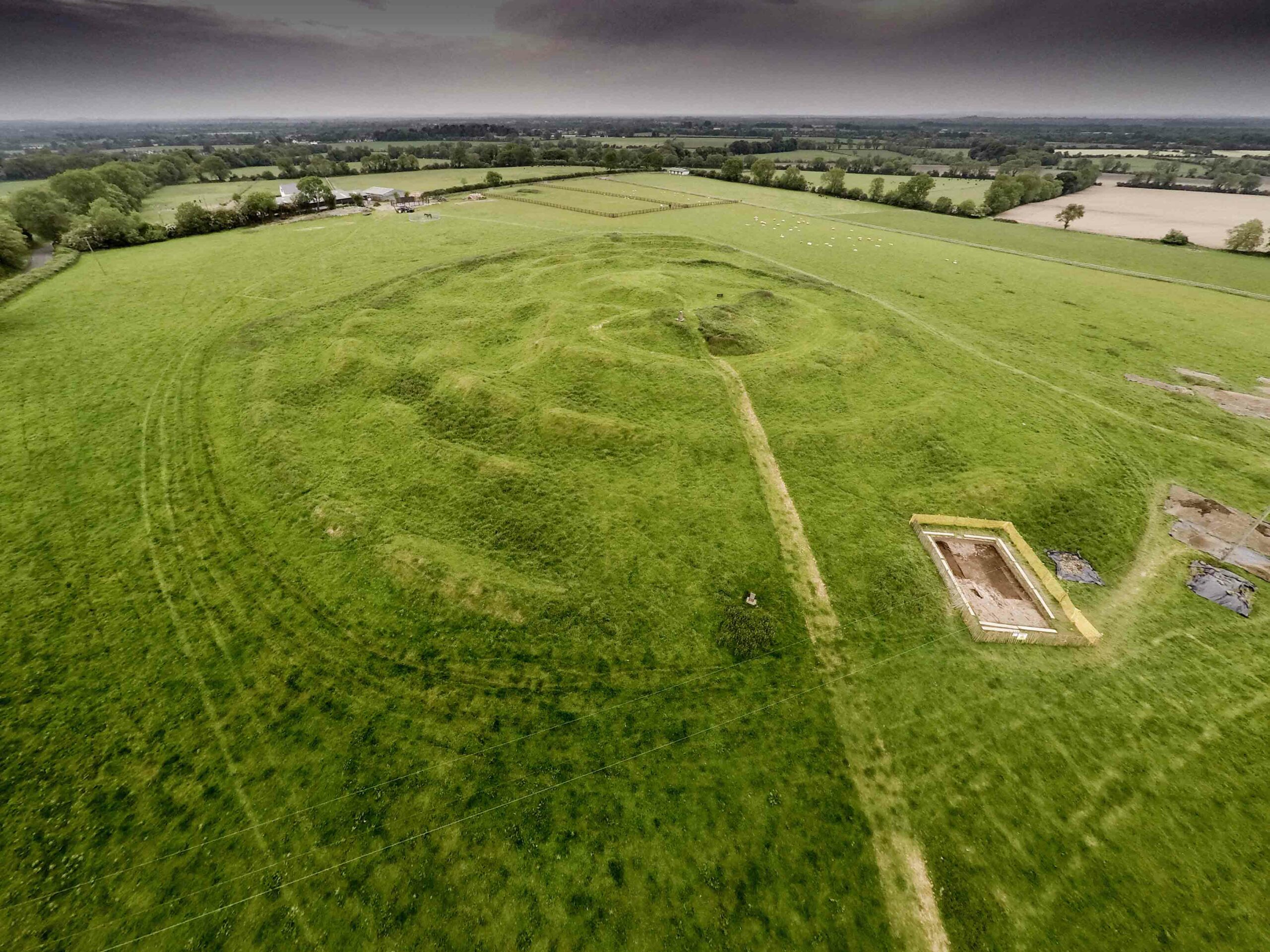SYDNEY, AUSTRALIA—Science News reports that bioarchaeologist Ronika Power and Egyptologist Yann Tristant of Macquarie University reviewed studies of burials in ceramic pots at 46 archaeological sites, most of which were found near the Nile River and dated to between 3300 and 1650 B.C. It had been thought that such pot burials were a make-do effort for poor children, but the researchers found that more than half of the sites in the study contained adult remains in pot burials. And of 746 children’s burials in the study, 338 employed wooden coffins, while 329 used pots. The rest of the children were buried in baskets or limestone containers. One pot held an infant along with beads covered in gold foil. Other pots held offerings of gold, ivory, clothing, and ceramics. Power and Tristant suggest that rather than a necessity, a pot may have been chosen as a burial vessel to represent the womb, and symbolize rebirth into the afterlife. For more, go to “A Pharaoh’s Last Fleet.”
New Thoughts on Egyptian Pot Burials
News January 4, 2017
Recommended Articles
Features September/October 2024
The People Before the Book
A trove of papyri unearthed on the Egyptian island of Elephantine gives voice to an early Jewish community
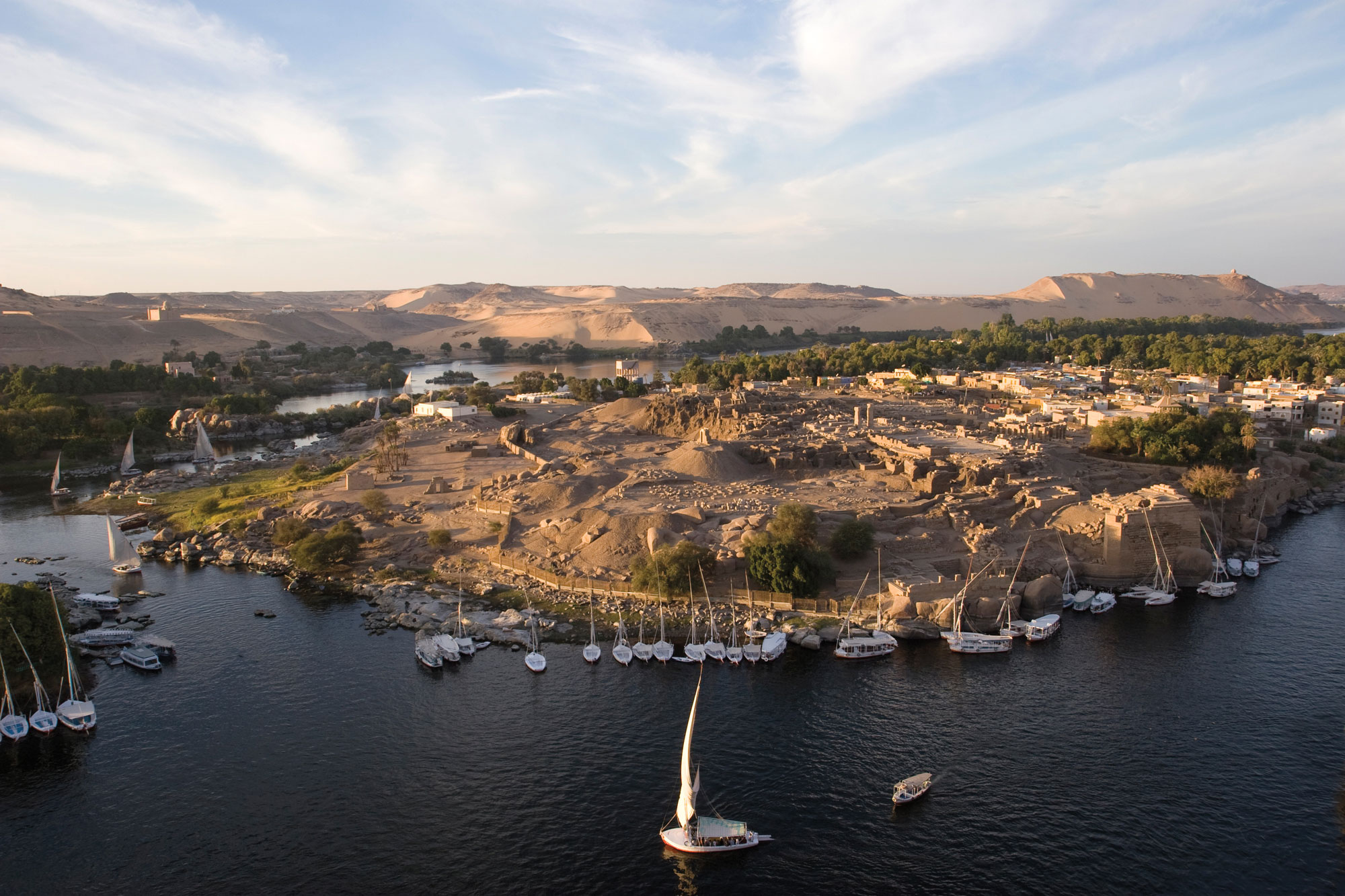
Digs & Discoveries May/June 2024
Speaking in Golden Tongues
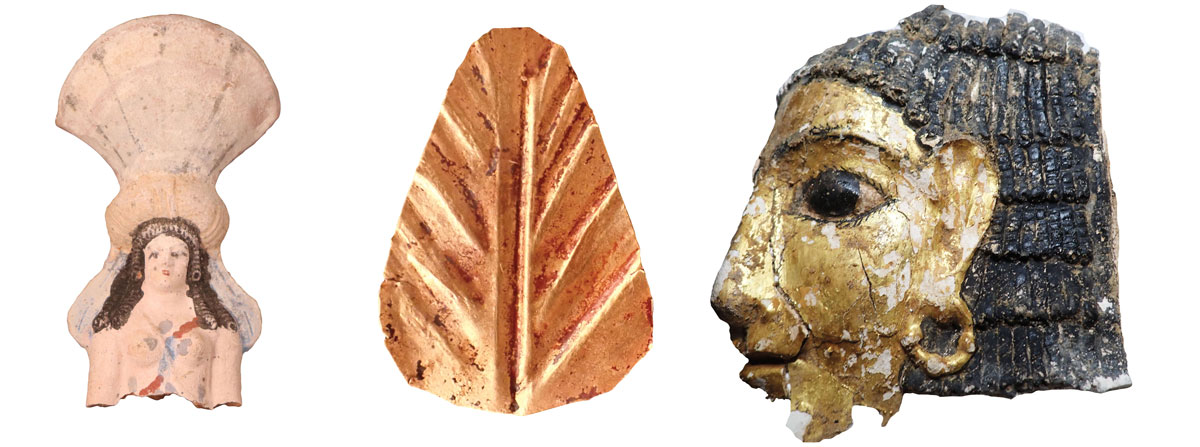
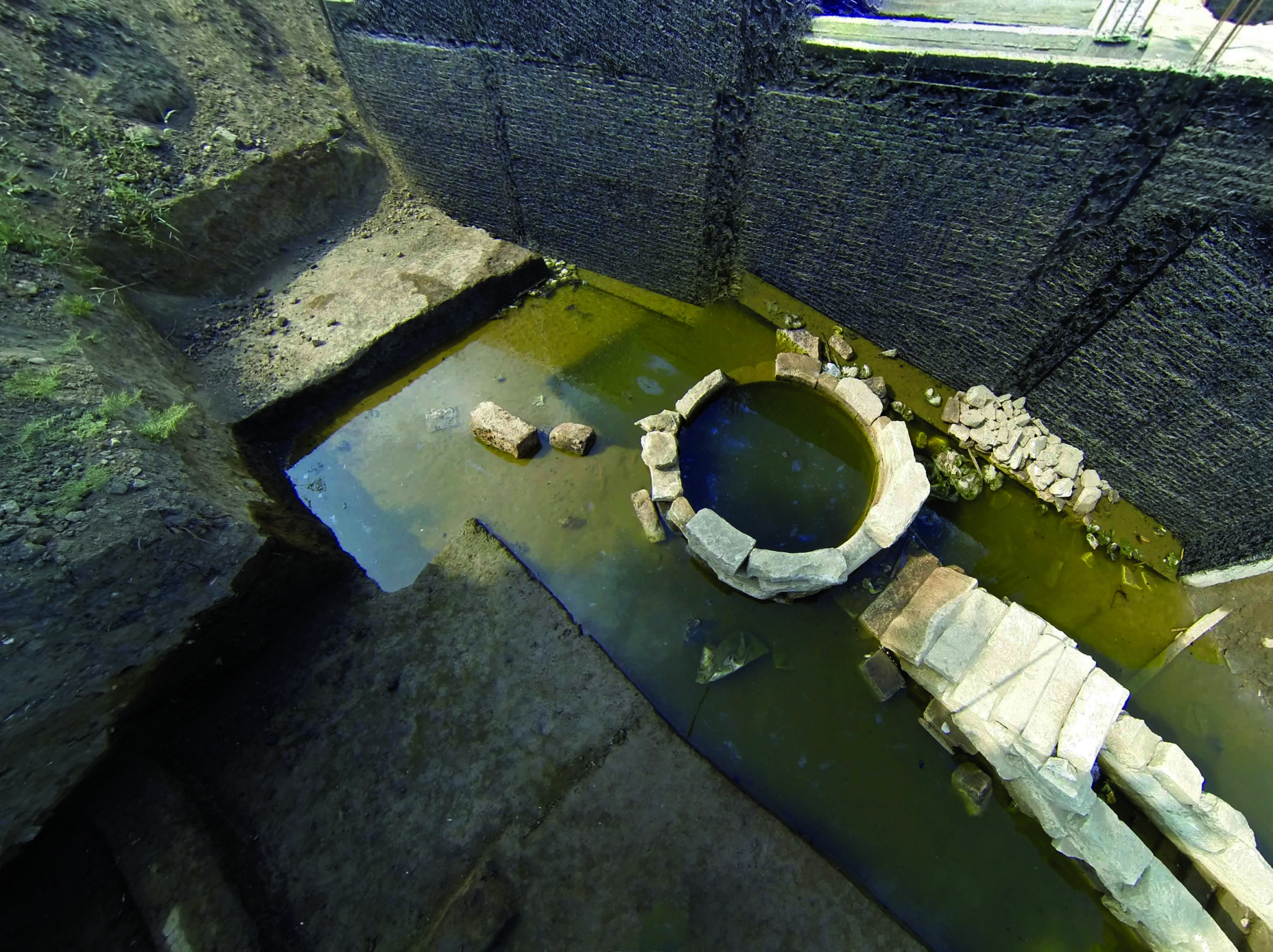

-
Features November/December 2016
Expanding the Story
New discoveries are overturning long-held assumptions and revealing previously ignored complexities at the desert castle of Khirbet al-Mafjar
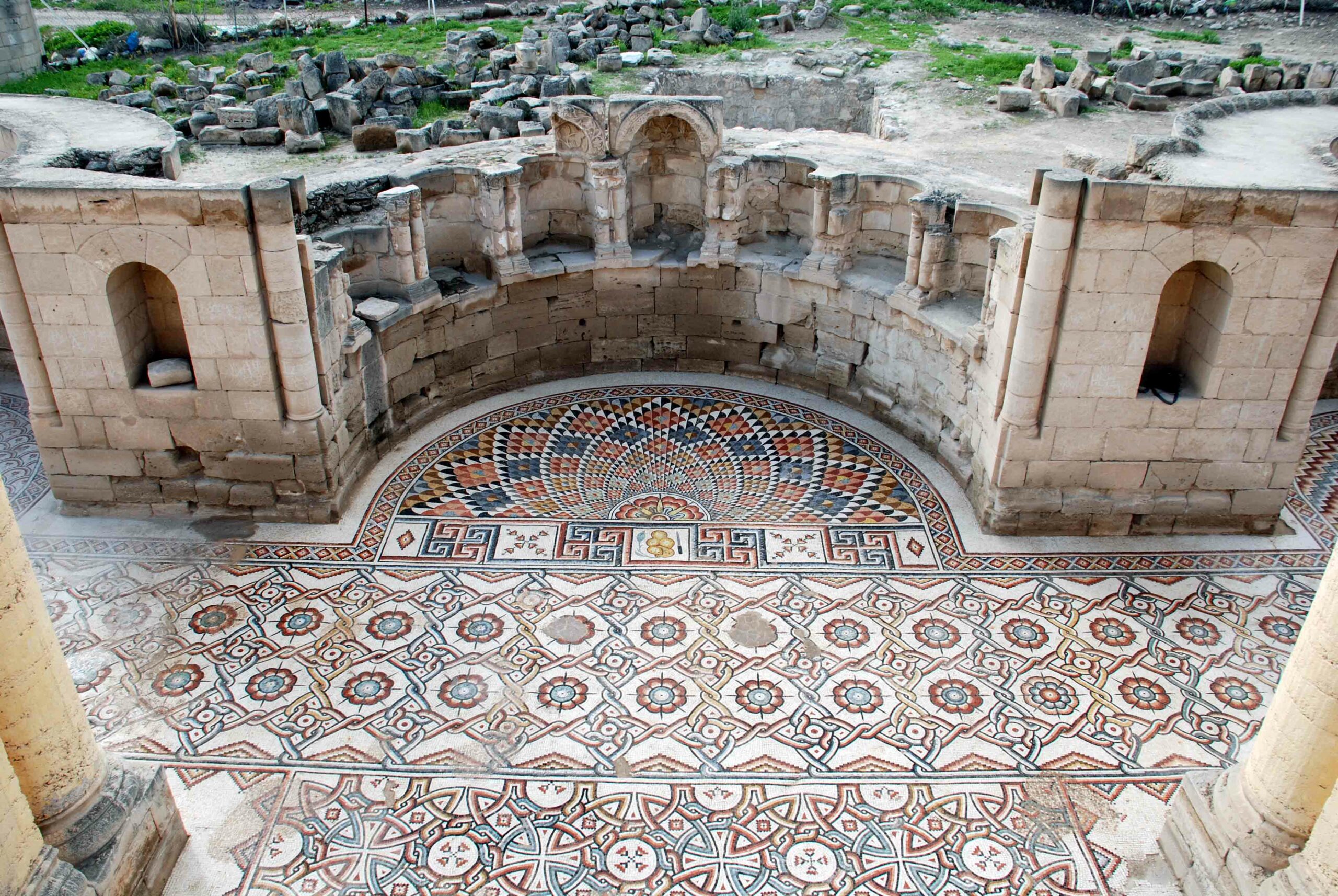 (Sara Toth Stub/Courtesy The Rockefeller Archaeological Museum)
(Sara Toth Stub/Courtesy The Rockefeller Archaeological Museum) -
Letter from Maryland November/December 2016
Belvoir's Legacy
The highly personal ARCHAEOLOGY of enslavement on a tobacco plantation
 (Courtesy Maryland Department of Transportation, State Highway Administration)
(Courtesy Maryland Department of Transportation, State Highway Administration) -
Artifacts November/December 2016
18th-Century Men's Buckle Shoe
 (Courtesy Dave Webb: Cambridge Archaeological Unit)
(Courtesy Dave Webb: Cambridge Archaeological Unit) -
Digs & Discoveries November/December 2016
Piltdown’s Lone Forger
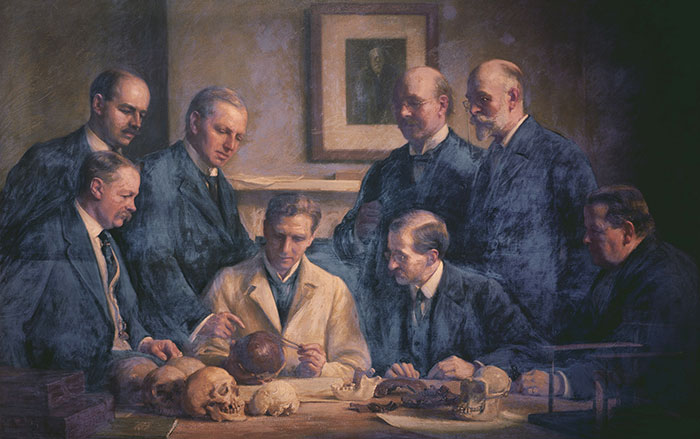 (Arthur Claude (1867–1951) / Geological Society, London, UK / Bridgeman Images)
(Arthur Claude (1867–1951) / Geological Society, London, UK / Bridgeman Images)


